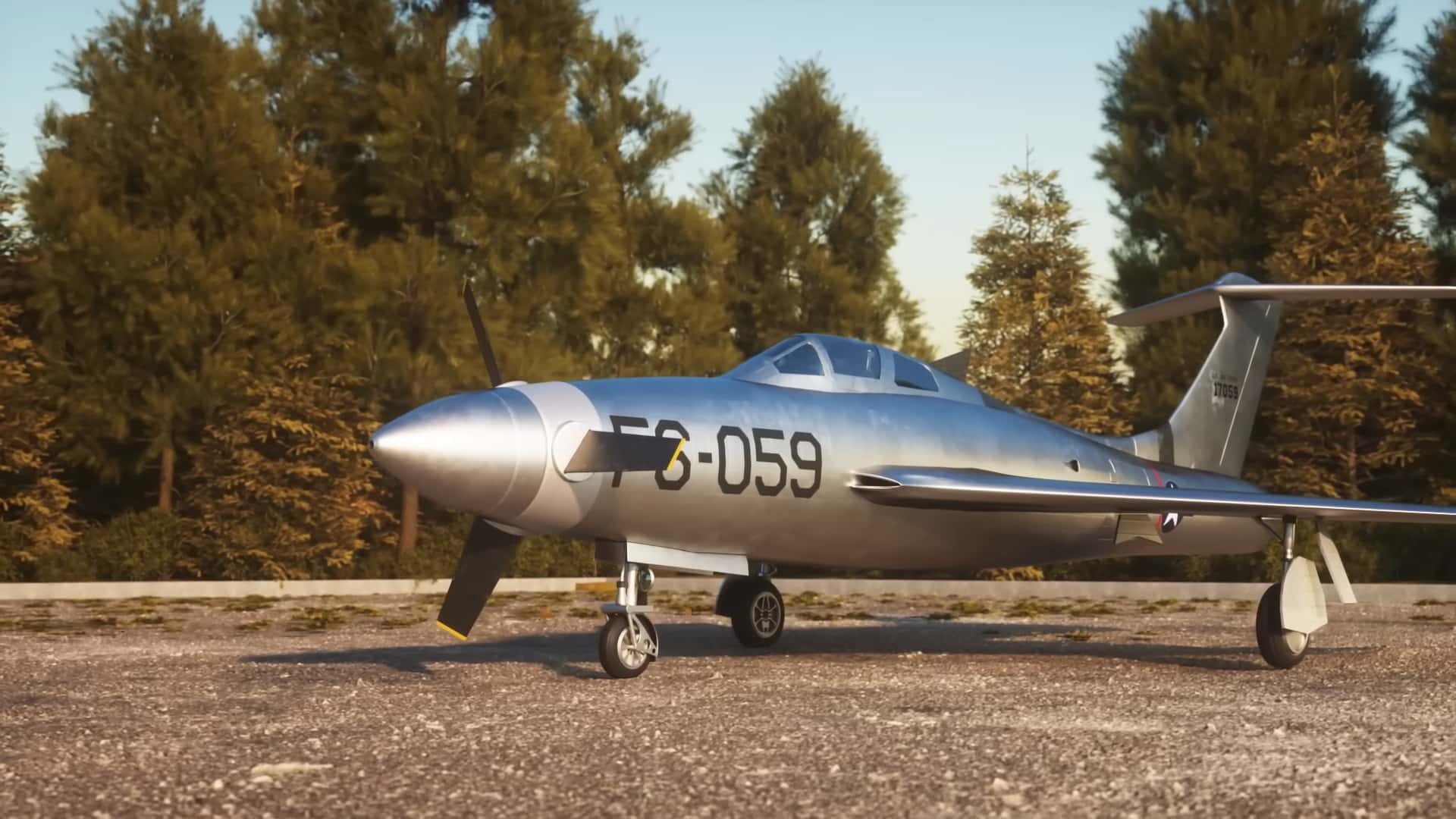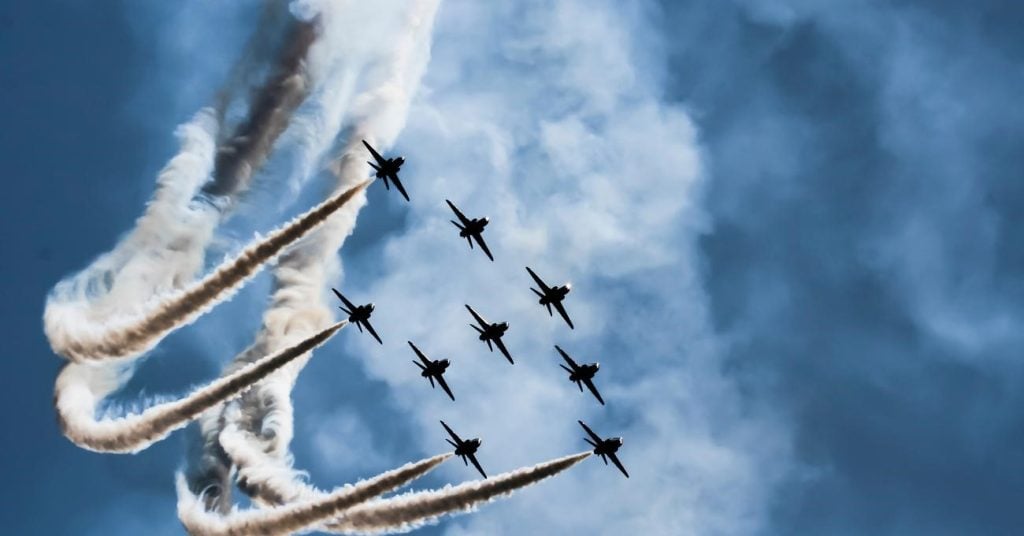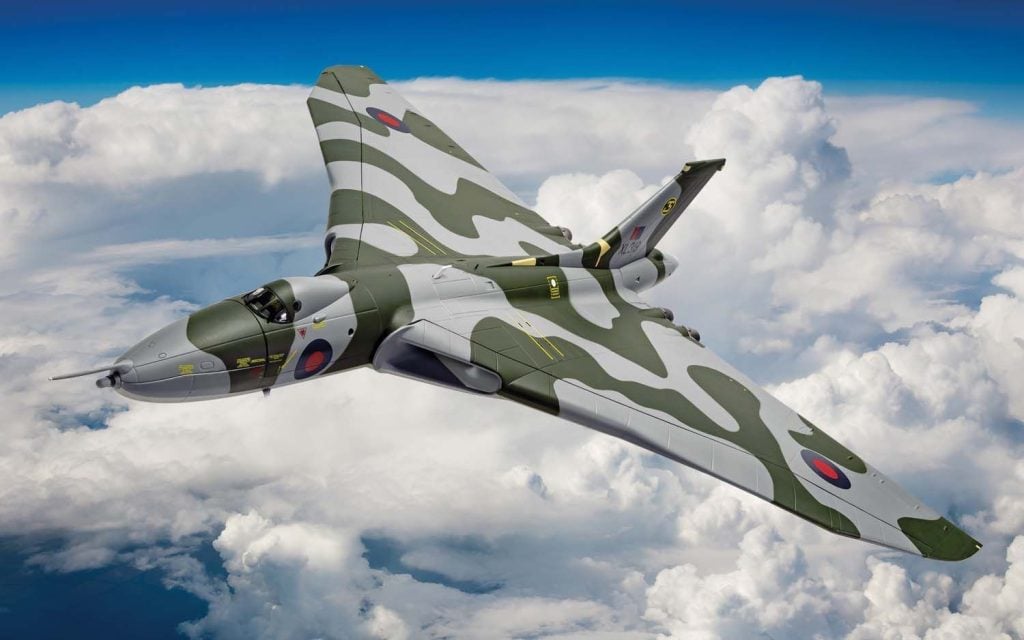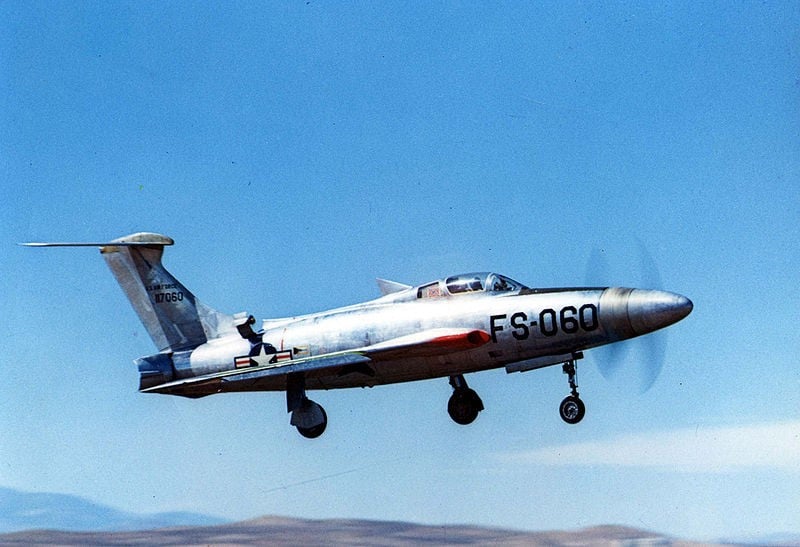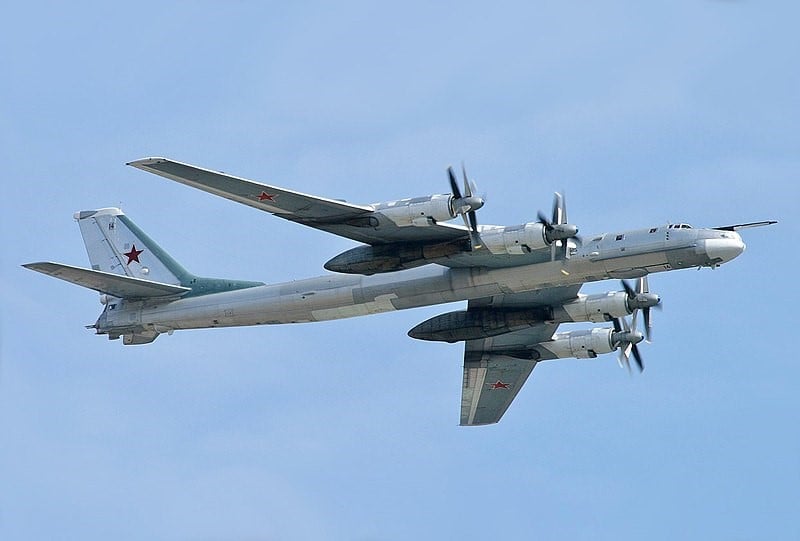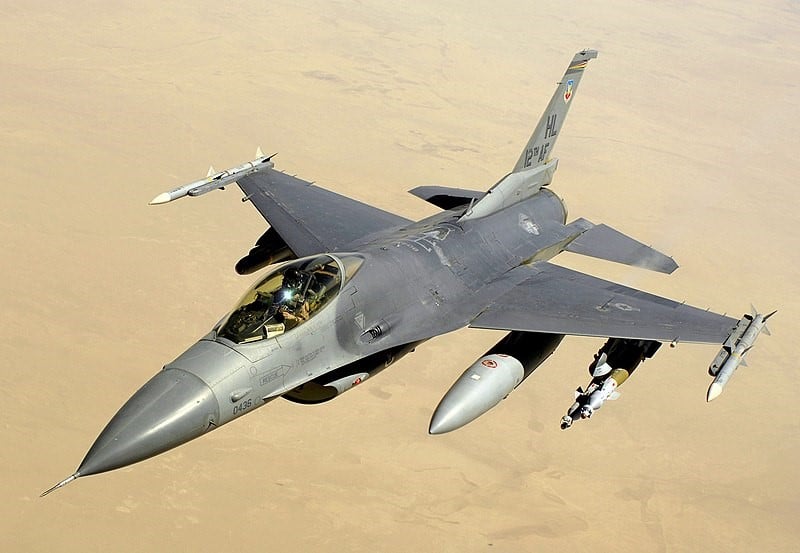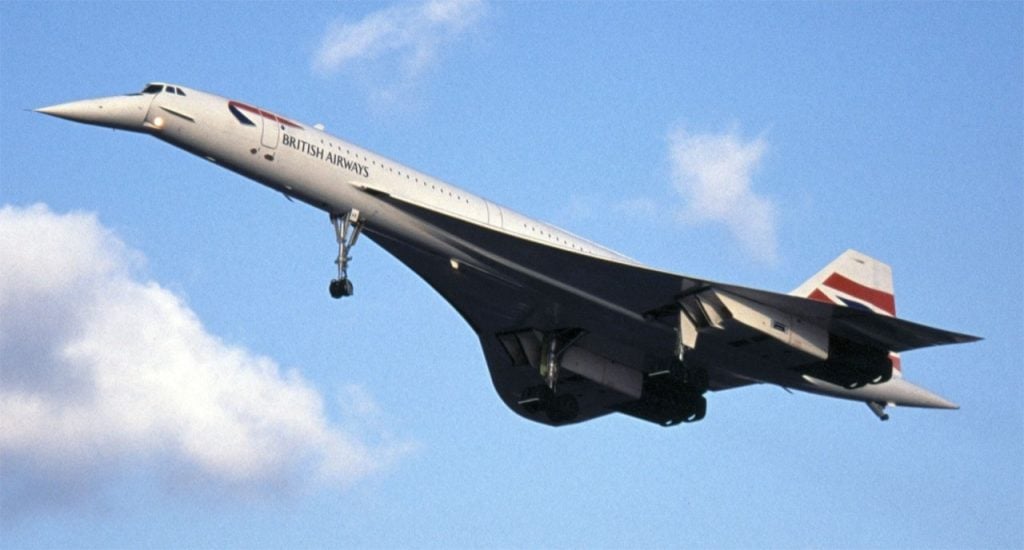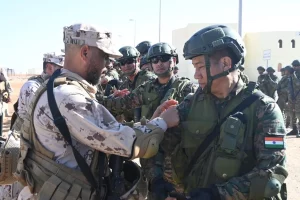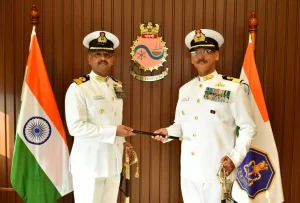The world of aviation has witnessed the emergence of some truly remarkable aircraft, each with its own unique characteristics and capabilities. Among these, a select few stand out for their sheer auditory impact, producing noise levels that can be both awe-inspiring and, in some cases, downright disruptive.
In this comprehensive article, we delve into the 5 Loudest Jets in the Sky, exploring the science, history, and impact of these sonic giants.
1. The Mighty Avro Vulcan
The Avro Vulcan, a British-designed strategic bomber, was a formidable presence in the skies during the Cold War era. Equipped with four powerful Bristol Olympus turbojet engines, this delta-wing aircraft was capable of reaching speeds of up to Mach 0.96, or 646 mph. However, it was the Vulcan’s distinctive “howl” that truly set it apart, with noise levels reaching approximately 80 decibels. This ear-splitting sound was a byproduct of the aircraft’s complex design, which included a tailless configuration and a unique engine arrangement. The Vulcan’s high-altitude capabilities and lack of defensive weaponry meant that it had to rely on its speed and stealth to avoid enemy targets, making its thunderous roar all the more imposing.
The Science Behind the Vulcan’s Howl
The Avro Vulcan’s iconic howl was the result of a combination of factors, including the design of its engines and the aircraft’s overall aerodynamics. The four Olympus turbojet engines, each producing 11,000 pounds of thrust, were a significant source of noise. The complex airflow patterns created by the Vulcan’s delta-wing design and the interaction between the engines and the airframe further amplified the sound, resulting in the distinctive howl that became a hallmark of the aircraft.
The Vulcan’s Legacy
Despite its impressive performance and iconic status, the Avro Vulcan faced operational limitations due to its noise levels. The aircraft’s disruptive impact on nearby communities often restricted its flight paths and landing sites, particularly in densely populated areas. This challenge highlighted the growing importance of noise mitigation in the aviation industry, a trend that would continue to shape the development of future aircraft designs.
Top 5 Biggest Airshows Worldwide
2. The Republic XF-84H “Thunderscreech”
In the early 1950s, the United States Navy sought an aircraft that could take off from aircraft carriers without the need for a catapult. The resulting XF-84H “Thunderscreech” was a unique and, quite literally, ear-splitting creation. Powered by a massive 5,850 horsepower Allison XT40-A-1 turboprop engine, the Thunderscreech was capable of reaching speeds of up to 520 mph. However, it was the aircraft’s propeller that truly set it apart, spinning at the equivalent of Mach 1.18 and producing an incredible amount of noise.
A Sonic Nightmare
The noise generated by the Thunderscreech was so intense that it could be heard up to 25 miles away from the test site at Edwards Air Force Base in California. Ground crews were forced to communicate using signal flags, as the deafening roar made verbal communication nearly impossible. The sound was so powerful that it even caused concern among base commanders, who feared the noise could potentially damage nearby structures, including the control tower.
The Thunderscreech’s Demise
Despite its impressive performance, the Thunderscreech was ultimately deemed too disruptive and was canceled by the Navy. The aircraft’s extreme noise levels, coupled with severe vibrations during flight, made it a challenging and dangerous platform to operate. The Thunderscreech’s brief and tumultuous history serves as a cautionary tale, highlighting the importance of balancing technological advancements with the need for environmental and operational considerations.
3. The Mighty Tupolev Tu-95
In the aftermath of World War II, the Soviet Union sought to develop a long-range strategic bomber capable of carrying nuclear weapons. The result was the Tupolev Tu-95, a massive aircraft powered by four massive Kuznetsov NK-12 turboprop engines, each producing 15,000 horsepower. While the Tu-95’s turboprop design provided impressive range and endurance, it also came with a significant drawback: noise.
The Deafening Roar of the Tu-95
With a noise level of approximately 95 decibels, the Tupolev Tu-95 is widely considered one of the noisiest aircraft still in active service today. The complex counter-rotating propeller system, a key feature of the aircraft’s design, was a significant contributor to the Tu-95’s ear-splitting roar. The sheer power and size of the engines, combined with the unique propeller configuration, created a sonic signature that could be detected by submerged submarines, a testament to the aircraft’s auditory dominance.
Operational Challenges and Adaptations
The Tupolev Tu-95’s noise levels posed significant operational challenges, particularly in terms of community relations and environmental impact. The aircraft’s disruptive presence often necessitated the use of remote or sparsely populated airfields, limiting its operational flexibility. Over the years, the Soviet Union and, later, the Russian Federation have explored various noise-reduction measures, including engine modifications and the development of more advanced propeller designs, in an effort to mitigate the Tu-95’s sonic impact.
4. The Formidable General Dynamics F-16 Fighting Falcon
The General Dynamics F-16 Fighting Falcon, a multirole fighter jet widely used by air forces around the world, is renowned for its exceptional performance and versatility. However, it is also known for its powerful sonic signature, with noise levels reaching an impressive 106 decibels during takeoff and landing.
The F-16’s Sonic Boom
The F-16’s impressive noise levels are primarily attributed to its powerful General Electric F110-GE-129 afterburning turbofan engine, which can produce up to 29,500 pounds of thrust. The combination of the engine’s raw power and the aircraft’s aerodynamic design creates a sonic boom that can be heard for miles, particularly during low-altitude maneuvers and high-speed passes.
Adapting to Noise Concerns
The F-16’s sonic impact has been a source of concern for both military and civilian communities, leading to the implementation of various noise-mitigation strategies. These include the use of specialized flight profiles, noise-abatement procedures, and the development of more advanced engine technologies aimed at reducing the aircraft’s auditory footprint.
How Apache Helicopters Enhance Ground Combat
5. The Legendary Concorde
The Concorde, the iconic Anglo-French supersonic airliner, was a technological marvel that captivated the world with its ability to traverse the skies at breathtaking speeds. However, this remarkable feat came at a price, as the Concorde’s operation was heavily influenced by its remarkable noise levels, which reached approximately 110 decibels.
The Concorde’s Sonic Signature
The Concorde’s impressive speed, which allowed it to fly at Mach 2.04 or 1,354 mph, was achieved through the use of four powerful Rolls-Royce/Snecma Olympus 593 turbojet engines, each producing 38,050 pounds of thrust with afterburner. This immense power, combined with the aircraft’s sleek, delta-wing design, created a sonic signature that was both awe-inspiring and disruptive.
Operational Limitations and the Concorde’s Demise
The Concorde’s noise levels posed significant operational challenges, restricting the aircraft’s flight paths and landing sites. Many airports and communities were unwilling to accommodate the Concorde’s disruptive presence, leading to limited route options and reduced accessibility for passengers. These factors, coupled with the Concorde’s high operating costs, ultimately contributed to the aircraft’s retirement in 2003, marking the end of an era of supersonic commercial air travel.
Conclusion
The world’s loudest aircraft stand as a testament to the relentless pursuit of technological advancement in the aviation industry. From the thunderous howl of the Avro Vulcan to the ear-splitting roar of the Tupolev Tu-95, these sonic giants have pushed the boundaries of what is possible in the skies. While their impressive capabilities have captured the imagination of aviation enthusiasts, the noise they generate has also posed significant operational and environmental challenges.
As the industry continues to evolve, the need for innovative solutions to mitigate aircraft noise has become increasingly critical. Advancements in engine design, aerodynamics, and noise-abatement technologies are paving the way for a new generation of aircraft that can deliver exceptional performance while minimizing their sonic impact. The lessons learned from the world’s loudest jets will undoubtedly shape the future of aviation, as the industry strives to balance the thrill of flight with the need for environmental responsibility and community-friendly operations.
FAQs
1. What is the noisiest plane?
The Russian Tu-95 Bear strategic bomber is the loudest military aircraft still in service today. The Republic XF-84H Thunderscreech, though never mass-produced, holds the record as the noisiest military aircraft of all time.
2. Where is a plane the loudest?
The farther you are from the engines, the quieter the seat. Therefore, passengers are likely to find seats in the forward cabins of the aircraft more peaceful than those toward the rear. In contrast, the loudest seats are usually located just behind the engines.
3. Are f35s louder than f16s?
Research indicates that the F-35 can reach peak noise levels of at least 115 decibels. According to Vermont’s Environmental Impact Statement, the F-35 is up to four times louder than the F-16.
4. What is the quietest plane in the world?
In an engineering marvel, the X-59 flies faster than the speed of sound while producing almost no noise. The Lockheed Martin X-59 might just be the most unusual aircraft ever created.
